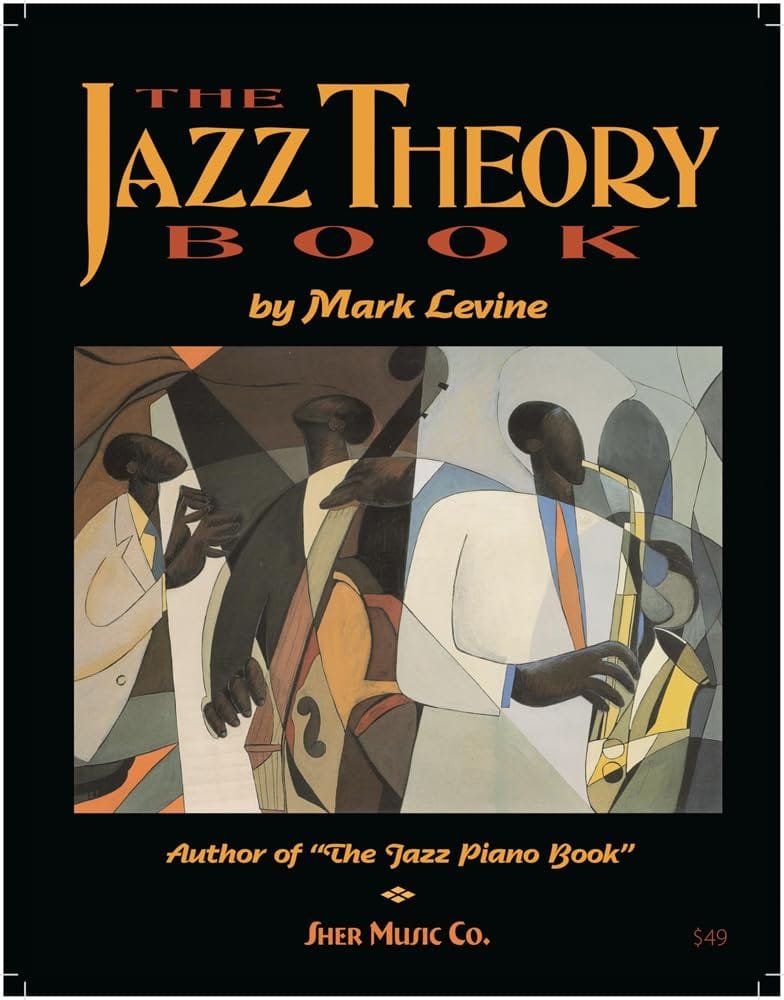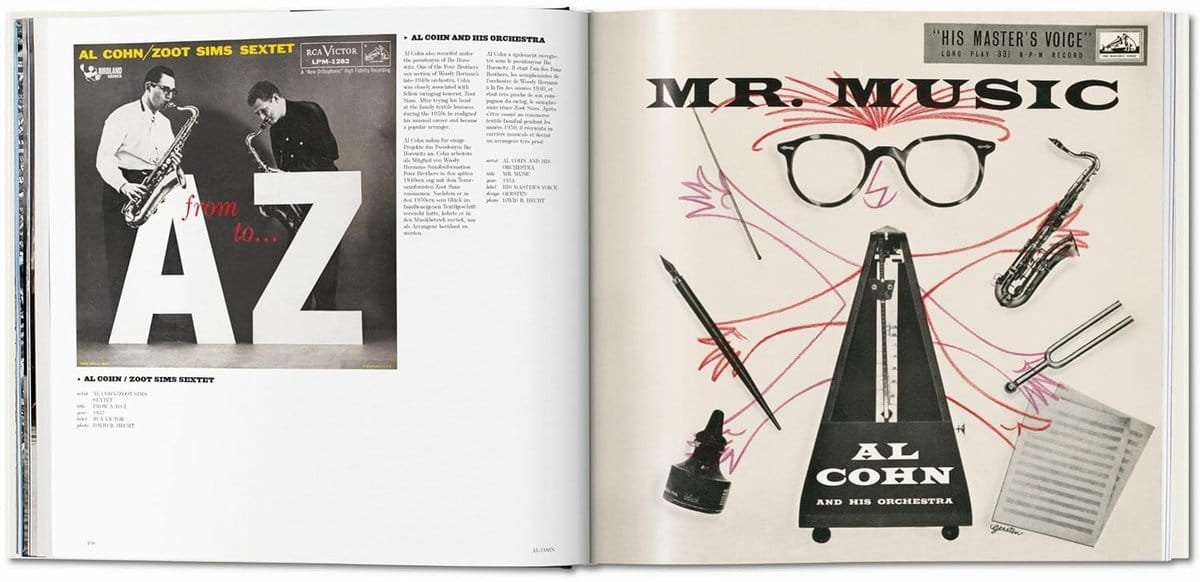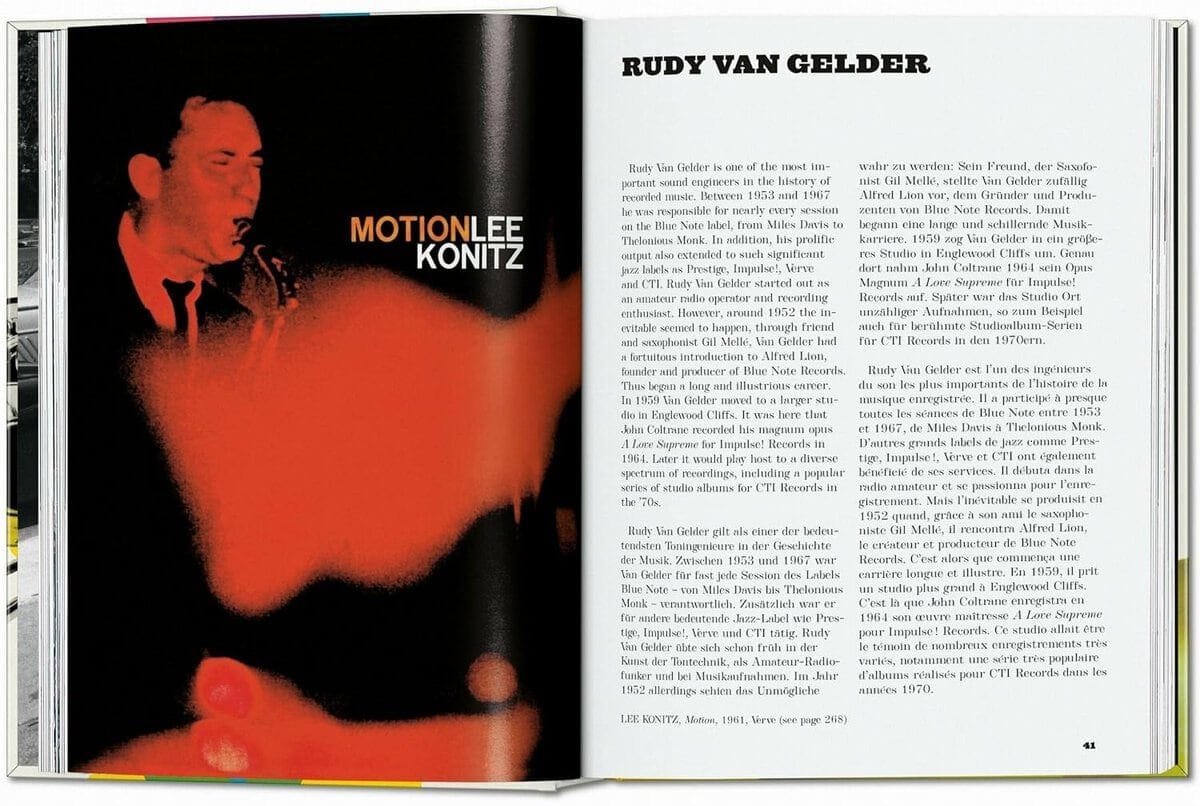Do you ever wonder why some jazz enthusiasts seem to have an almost mystical understanding of the genre, able to grasp its complexities while you find yourself lost in a sea of improvised notes? You might be about to discover the solution to your jazz perplexities with “The Jazz Theory Book Hardcover – June 1, 2005.” This is not just another theory book; it’s a golden ticket to a world where you will, eventually, nod along with genuine understanding rather than sheer confusion. Let’s unpack this wonderful resource together, shall we?
Understanding Jazz Theory
Jazz theory can often feel like attempting to solve a Rubik’s Cube while blindfolded. Much of what makes jazz unique is its ability to stretch and bend rules. Many improvisations seem to mock traditional music theory with their audacious, unexpected twists and turns. But behind all the unpredictability lies a foundation that can be understood and mastered, and that’s where “The Jazz Theory Book” excels.
The Core Principles
“The Jazz Theory Book” simplifies the complexities of jazz, making them accessible to those who are willing to put in the effort. The book covers a wide range of topics, including harmony, scales, modes, and improvisation. It’s beautifully organized and presented in a way that feels more like a conversation over coffee than a deep dive into theoretical minutiae.
| Core Area | Description |
|---|---|
| Harmony | Explores the rich harmonic language used in jazz, from the simplest to the most sophisticated harmonies. |
| Scales and Modes | Breaks down various scales and modes with practical application in mind. |
| Improvisation | Offers insights into the art of improvisation, providing tools to craft your own unique style. |
Why Jazz Theory Might Feel Intimidating
Before getting your hands on this book, jazz theory might have felt like the adult equivalent of algebra—useful but preferably avoided. But fear not! This book understands your trepidation and consciously keeps the overly technical lingo at bay. It focuses on the essentials, which allows you to stash away any intimidation and replace it with curiosity.
The Unique Structure of the Book
It’s hard to compare this book to a typical textbook because it’s, quite frankly, far from typical.
A Book for All Skill Levels
Some books cater to novices, others to seasoned pros, but “The Jazz Theory Book” finds a cozy spot in between where it welcomes everyone. Whether you’ve just made your first humble encounter with jazz or you’ve been living and breathing jazz for years, there’s something here for everyone.
Practical Application
It’s not enough to just read about theory—one needs to live it, breathe it, feel it in the fingertips as they fly across piano keys or stretch along guitar strings. This book integrates practical examples and exercises that you can engage with, proving that theory and practice share more than just a first name.
The Book’s Aesthetic Appeal
While aesthetics might not be the primary concern when selecting a theory book, you’ll spend enough time with this hardcover tome that its visual appeal will not go unnoticed. Plus, it won’t hurt having something that doesn’t bring shame when left out on the coffee table.
The Cover and Design
Even before you crack it open, the book sits on your shelf as an intriguing piece, with a design that screams sophistication with just the right hint of bohemian vibes to keep it securely within the jazz world.
Internal Layout
Inside, the book’s readability is aided by an intuitive layout that steers clear of clutter—something most of us secretly hope for in any nonfiction book. The diagrams and notation are clear, making complex ideas just a tad easier to unpack and understand.
Depth of Content Covered
This is where the book truly shines—it doesn’t merely skim the surface but plunges into the heart of what makes jazz, jazz.
Harmonic Exploration
From basic chord progressions to complex, towering structures reminiscent of Coltrane’s compositions, the book addresses the scope of jazz harmonics, each explanation layered with examples to bolster your comprehension.
Melody and Rhythm
As jazz is as much about rhythm as it is about melody, the book offers several insights into the peculiar rhythms that jazz employs. Techniques for melodic creativity are discussed in tandem, opening new doors for personal exploration.
The Concept of Tension and Release
No song feels complete without a sense of journey, a move from tension to eventual release. The book addresses this concept clearly, offering strategies on utilizing tension to create truly gripping music.
Practical Exercises and Their Benefits
None of us want to read about the theory indefinitely, right? At some point, application becomes essential.
Immersive Practice
With exercises crafted to cover every aspect of the theory, you’ll find it’s not just passive reading but an actively engaging experience. Through these exercises, the book almost challenges you to find your unique jazz voice.
Developing Your Ear
It’s often said in jazz circles that ears outweigh eyes. The exercises included will subtly and steadily develop your ear, making you feel just as confident identifying a sharp nine chord as you would your mother’s voice over the phone.
The Author’s Approachability
Despite “The Jazz Theory Book” being a heavyweight in the bibliophile’s world, the author maintains a tone that is overwhelmingly approachable.
Conversational Tone
It’s like the text understands your inner protests and pauses to reassure you kindly, making every chapter feel like chatting with a mindful mentor rather than being lectured at by an aloof professor.
Personal Anecdotes
Adding personal anecdotes, the book almost feels like it’s sipping a shared drink with you, revealing the writer’s own stumbles and victories and cementing the notion that even the best were once beginners.
The Pros and Potential Pitfalls
As much as we adore this book, a truly honest review can’t skip the less glittering sides of any product.
Pros
- Comprehensive Coverage: No topic is too elusive or niche to earn a place in the book.
- Engaging Layout: Keeps the reader visually tuned and mentally sharp.
- Practical Exercises: Converts theory into practice effectively, promoting tangible skill growth.
Potential Pitfalls
- Steep Learning Curve: While comprehensive, the information can occasionally be overwhelming.
- Requires Perseverance: Not for those seeking a quick fix or easy read; it demands dedication.
Maximizing the Book’s Benefits
To truly reap all benefits offered by this book, a little strategic use might help.
Set a Routine
As with any new learning, consistency is key. Set aside regular time slots to work through the book, tackling bit by bit.
Integrate with Other Learning Methods
Consider pairing the book with instrument practice or listening sessions. This multi-angle approach will embed concepts firmly in your memory, much like cement securing bricks.
Engaging with Fellow Jazz Enthusiasts
Join a community, either online or in-person, to discuss insights and experiences from the book. Sharing your journey only adds to the delight of discovery and helps cement your understanding as you articulate newfound knowledge.
Conclusion
So, is “The Jazz Theory Book Hardcover – June 1, 2005” your gateway to unlocking the jazz secrets you’ve been yearning to understand? Undoubtedly, with its rich reservoir of knowledge and slip-in-hand narration, it stands as a beacon for anyone looking to transition from confused listener to informed enthusiast. Put your fears aside, grab a copy, and prepare to expand your jazz world in ways you once thought unattainable. And who knows? With time, maybe you, too, will become one of those mystical jazz aficionados capable of amazing—and confounding—those around you.
Disclosure: As an Amazon Associate, I earn from qualifying purchases.







